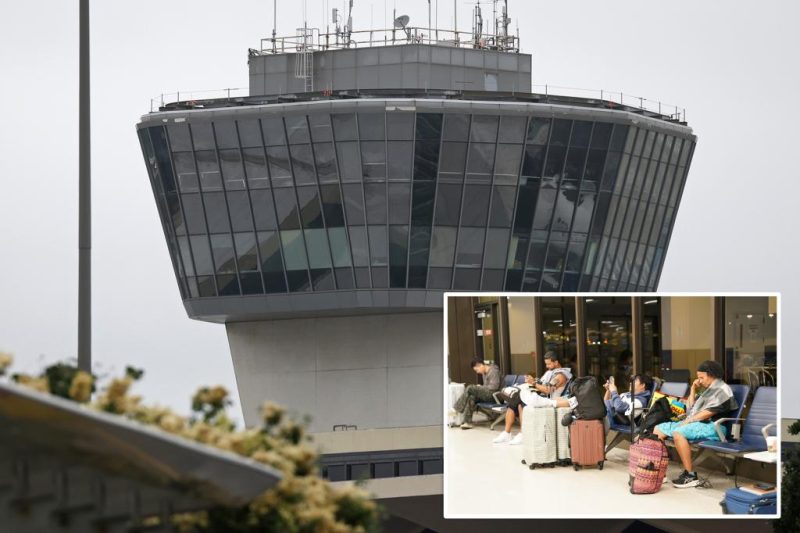
Newark Liberty International Airport, already notorious for its delays and congestion, will continue to operate with significantly reduced flight capacity through the end of 2025. The Federal Aviation Administration (FAA) has announced an extension of the flight reductions, citing ongoing construction projects and persistent staffing shortages as the primary reasons.
This news will undoubtedly frustrate travelers who rely on Newark Airport. The reduced number of hourly flights will likely lead to increased ticket prices, longer wait times, and a greater likelihood of flight cancellations and delays. While the FAA aims to improve the overall infrastructure and operational efficiency of the airport in the long run, the short-term impact on passengers is undeniably negative.
The ongoing construction projects, which are intended to modernize and expand the airport’s facilities, are a major contributor to the reduced flight capacity. These projects require significant airspace closures and logistical adjustments, impacting the number of flights that can safely and efficiently operate. Coupled with this, the persistent staffing shortages within the air traffic control system and airport operations further exacerbate the challenges.
For passengers planning to travel through Newark Airport in the coming months, it’s crucial to be prepared for potential disruptions. Booking flights well in advance, allowing extra time for travel to and from the airport, and having backup plans in place are all essential steps to mitigate the impact of these ongoing reductions. Regularly checking with your airline for any updates on flight schedules and potential delays is also strongly recommended. The situation is fluid, and staying informed is key to a smoother travel experience.
The FAA has stated that it is working diligently to address both the construction and staffing issues, aiming to restore normal flight operations as quickly as possible. However, with the extension of the flight reductions through the end of 2025, travelers should anticipate continued challenges at Newark Liberty International Airport for the foreseeable future.










